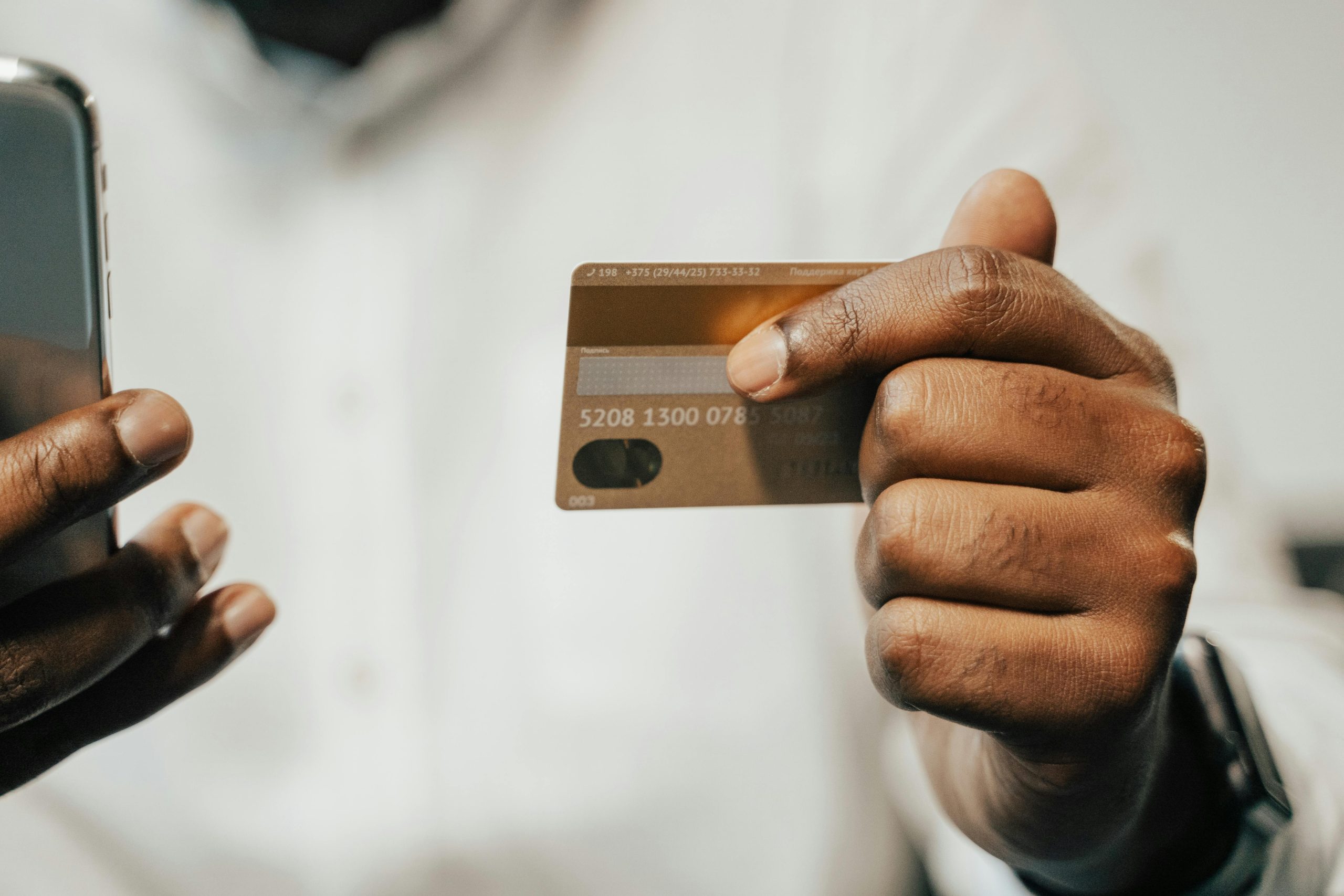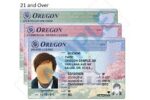The IRS has begun distributing a new round of stimulus payments, with $2.4 billion set aside to ensure eligible Americans receive the money they missed during the pandemic. These payments, which started in December, will continue through January 2025.
But this isn’t a completely new stimulus program. Instead, the IRS is focusing on those who didn’t receive all of their federal stimulus money during the pandemic. So, if you’ve been wondering whether more checks are coming, the answer is “yes, but only for some.”
Who Qualifies for These Payments?
The IRS has confirmed that these payments are automatic, meaning eligible individuals won’t need to file any additional paperwork or amended tax returns. The goal is to make the process simple and hassle-free.
The maximum payment amount is $1,400, but the exact amount will vary depending on how much you were owed during the earlier rounds of stimulus payouts. If you’re one of the million Americans entitled to this money, the IRS will send you a letter notifying you of your eligibility.
When Will You Get the Payment?
The IRS has been working hard to ensure these payments reach recipients quickly. Most payments were sent out in December 2024, but some are still being processed and will arrive by late January 2025. The payments are being issued either as direct deposits to your bank account or as checks delivered to your mailing address.
How Can You Check If You’re Eligible?
If you think you might be eligible for this payment, watch for a letter from the IRS in the coming weeks. This letter will confirm your payment amount and explain how you’ll receive it. You should also keep an eye on your bank account and mail for the payment itself.
Why Are These Payments Happening?
During the pandemic, the federal government issued three rounds of stimulus payments to help Americans deal with financial challenges. However, some people didn’t get the full amount they were entitled to, often due to errors or incomplete information. The current payouts are designed to make up for those gaps.
According to IRS Commissioner Danny Werfel, “To minimize headaches and get this money to eligible taxpayers, we’re making these payments automatic.”
What Should You Do Next?
If you’ve moved or changed your bank account since the pandemic, it’s a good idea to check that your information is up to date with the IRS. This can help prevent delays in receiving your payment. You can visit the IRS website for more details or call their helpline if you have specific questions.
An extra $1,400 could be a big help for many families, so make sure you stay informed and keep an eye out for your payment.
In Summary
- The IRS is issuing up to $1,400 to eligible Americans who missed stimulus payments during the pandemic.
- These payments are automatic, with no need for additional paperwork.
- Look for a letter from the IRS and keep an eye on your bank account or mailbox for your payment.








